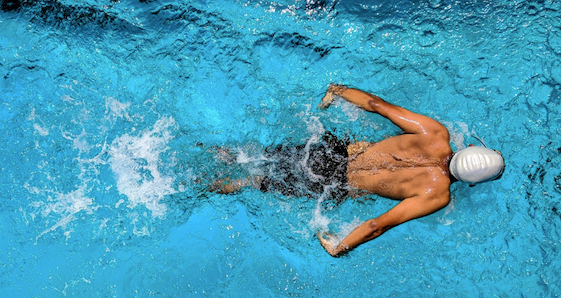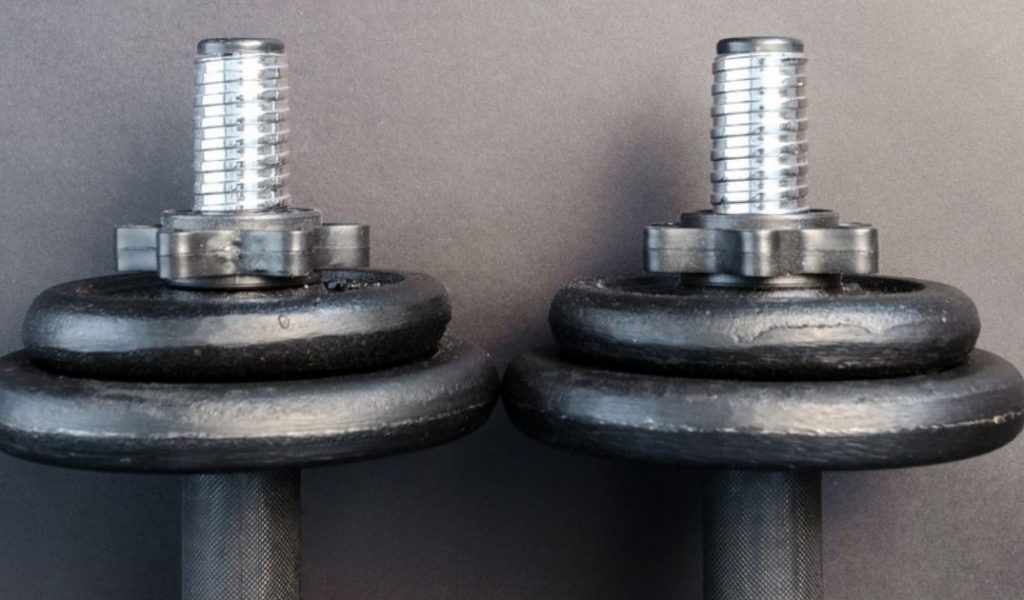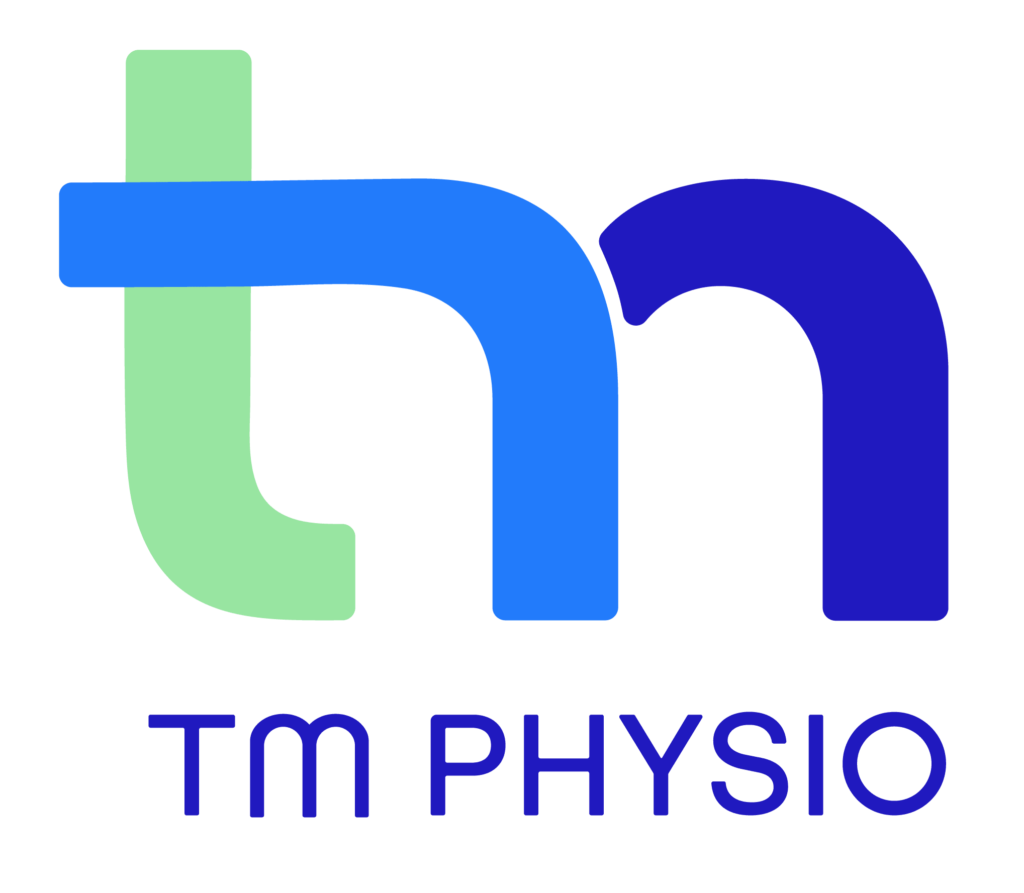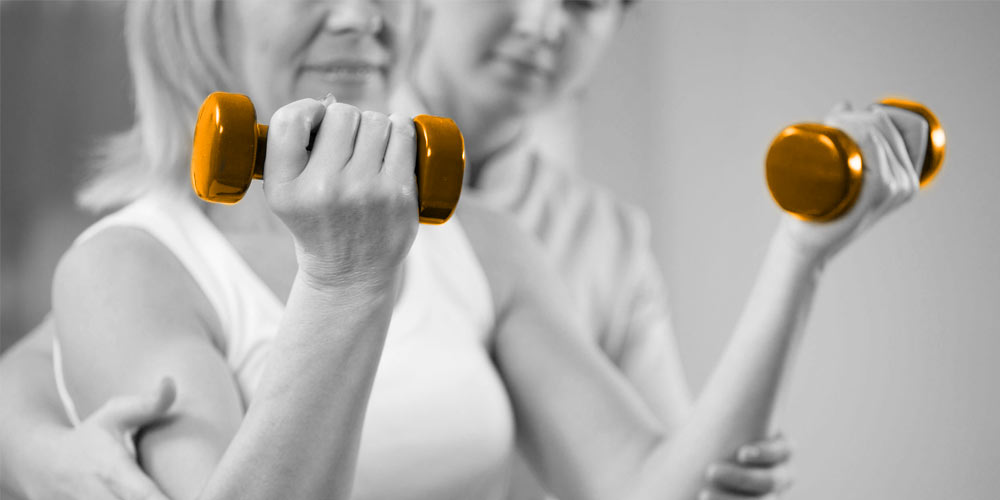With the weather being a little cooler at this time of year many people are turning to there local gym or leisure centre to get healthy and achieve their health and fitness goals . Common goals are to be more active, lose some weight, get stronger, and smash your last PB. If you are headed to the gym after a long break then this is a breeding ground for injury to occur!
What follows is a brief breakdown of some of the common gym injuries we see at TM physio, and some of the things you can do to avoid giving yourself one.
Running

For those of you who like to run, be it in the comfort of an air-conditioned gym or out in the fresh air, phrases like ‘ITB’ or ‘IT Band syndrome’ are probably familiar. ITB syndrome, or Ilio-tibial band friction syndrome is an overuse injury which causes pain around the outside of the knee; the likely source of pain coming from a very sensitive pad of fat that sits beneath the long thick band that runs down the outside of your thigh.
People usually experience an aching pain that is aggravated by running, and more often after long training sessions or running downhill. A combination of weak butt (gluteal) muscles, and specific dysfunctions along the spine to foot biomechanical chain can leave you at risk of developing this often-difficult-to-treat condition. Cyclists are another group who commonly come across this one!
Swimming

“Swimming is the best form of exercise”, “it works every muscle in the body”, “it’s a low impact form of exercise” … We’ve all heard, and probably said, these things at some point in our life.
And it’s actually pretty spot on, so it’s no wonder lots of people try swimming. With swimming comes a lot of overhead arm movements, and with those movements come an increased risk of developing shoulder impingement syndrome. This is an umbrella term used to describe a whole host of different structures that can cause impingement related pain in the shoulder.
Commonly, the repetitive movements may lead to irritation/inflammation of one of the tendons of the rotator cuff muscles, the tendon of the biceps muscle, or the bursa that sits in the space between your ball and socket joint and the shoulder blade. You are more likely to develop this problem if you have poor shoulder blade stability, a stiff neck or mid-back, and muscular weakness or imbalances in your shoulders. Once irritated, overhead movements tend to be the most aggravating movements to perform, with pain being felt inside and over the top of the shoulder, and maybe further down the outside of the arm too.
Lifting weights

Deadlift… Squat… Kettle bell swings… Bar bells… PUMP THAT IRON!! There are lots of gym junkies out there who just love to lift weights, lift weights, and lift more weights!
And that is great, but everything in moderation – that goes for the gym newbies too. Lifting weights often requires lots of bending, squatting and explosive movements like standing straight under heavy load. Picture said gym junkie sat on a bench… They lean forward and down to pick up or put down a weight to their side and all of a sudden “Ouch! PAAAAAAAAAIN!!” Where is it? “My back, and down the back of my leg!”
The likely diagnosis here is a disc bulge or prolapse. We’ve all heard of them and yes, they can be extremely painful and debilitating. The acute back and shooting leg pain is caused by impingement of nerve tissue in the spine from the inside contents of one of the discs that sits between the vertebrae. It could have been building for some time from repetitive micro-trauma, or it could have just been that little bit too heavy for the disc to manage. Pain with disc injuries is often made worse by forward bending, sitting, coughing and sneezing, and lifting. People may also experience other symptoms such as pins and needles, numbness or weakness in their legs.
Avoiding Injury
Another trick is to ease into your activity and know your limits. So maybe don’t enter yourself into a half marathon, a race to swim to Tasmania, or an attempt to break the deadlift world record straight off the bat. Be sensible, get guidance, and listen to your body. If something doesn’t feel right, it probably isn’t right. It’s at this point that you need to see your physio for a professional opinion and possibly some treatment to get you to where you want to be. Don’t be afraid to ask for help, you will thank yourself in the end.
The best way to avoid injury is to be proactive. If you are thinking of starting up a new form of exercise, be it running, swimming, lifting weights or croquet, learn proper technique. This could be from an expert in the field, like a gym or swim instructor or personal trainer. You can even give us a call and we take you through a thorough biomechanical assessment, where we watch you move and see where you might be restricted or weak. We even tailor the assessment to take into account your chosen activity. It would be worth spending some time on these areas first to ensure you are less likely to sustain an injury.
References:
- Brukner & Khan’s Clinical Sports Medicine Volume 1 – Injuries (5th ed) – ISBN 978-1743761380


